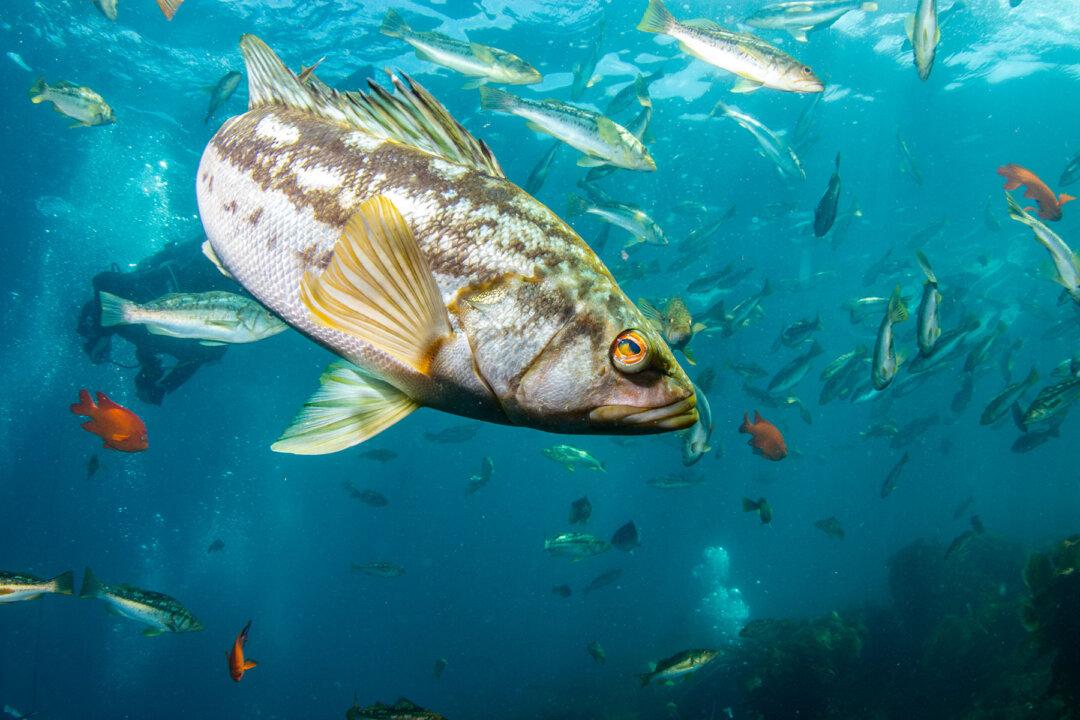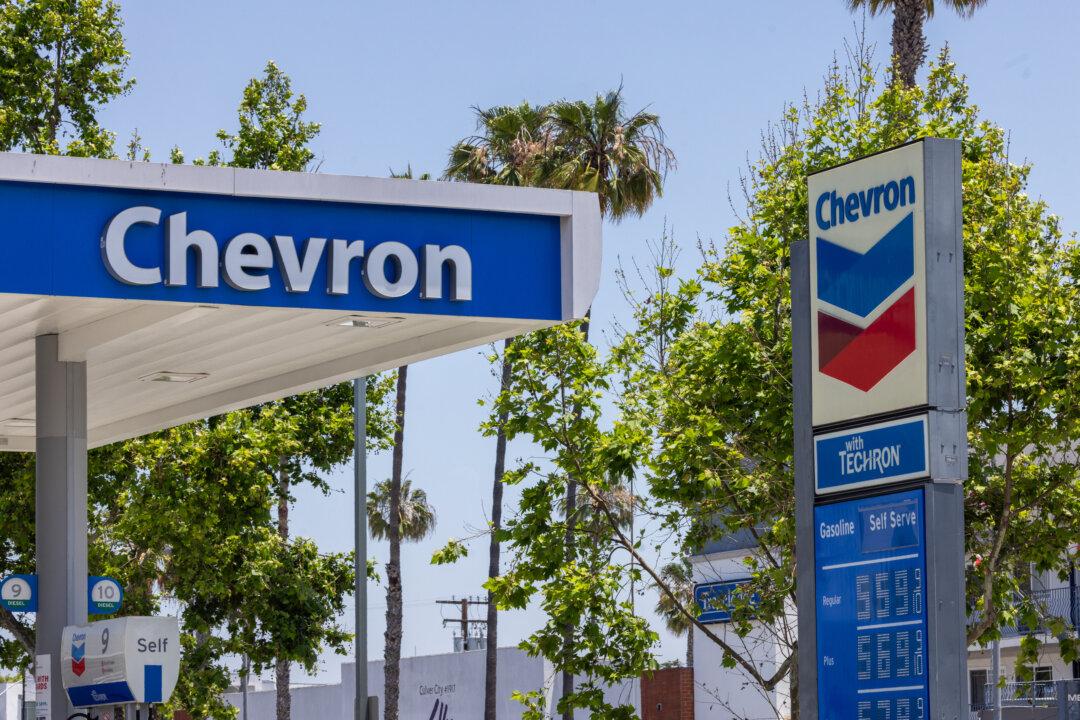SAN DIEGO—The pesticide dichloro-diphenyl-trichloroethane (DDT), banned in the 1970s because of its harmful effects on humans and the environment, is still causing lingering effects today because of industrial waste dumped in the ocean half a century ago, according to researchers.
A recent study by the University of California–San Diego’s Scripps Institution of Oceanography found that DDT was still detected in 93 percent of 1,074 fish samples and 75 percent of 1,275 ocean floor sediment samples collected from the Southern California coast between 1998 and 2021.




